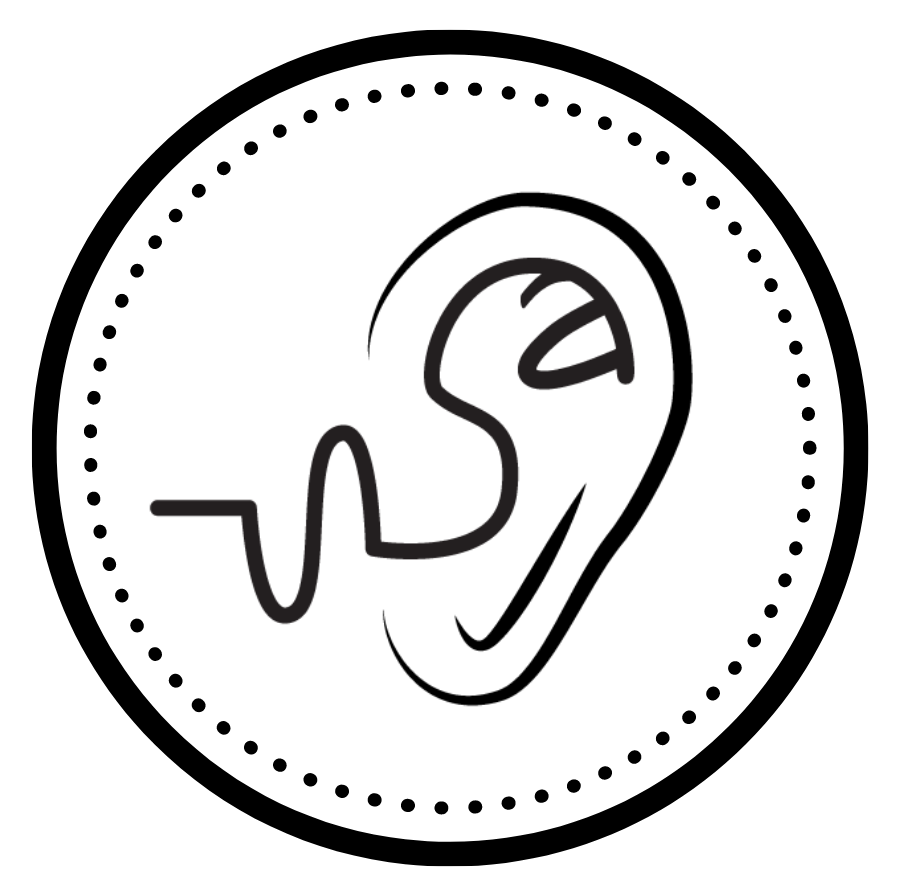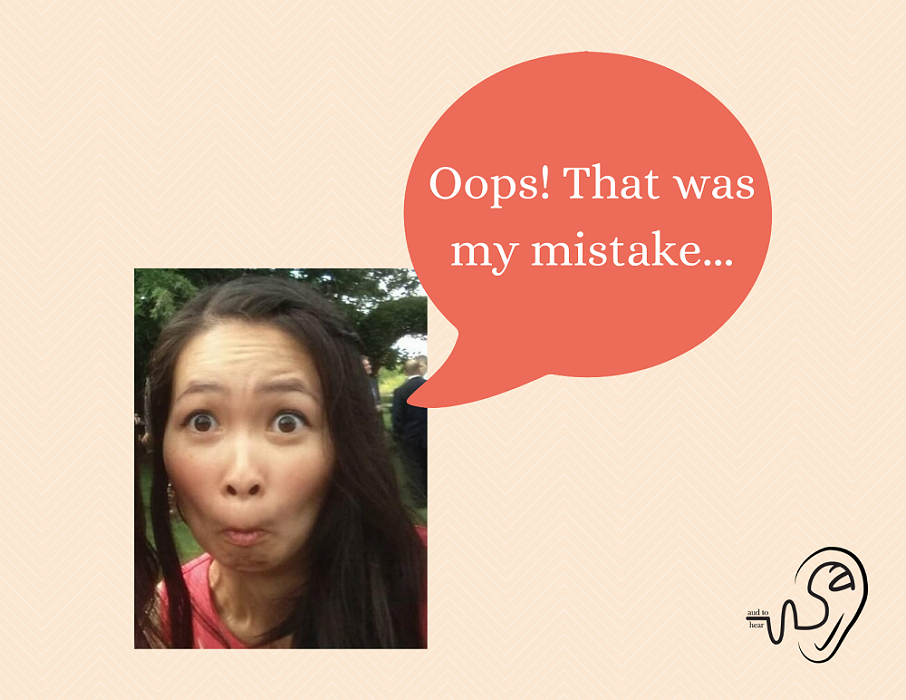Doctors are humans. And like all humans, we make mistakes. Big ones, medium ones, small ones – mistakes are inevitable. No matter the size or impact of the mistake, we must own up to them. Our patients deserve explanations for the unintentional actions we take to inconvenience them. It’s about customer service. It’s about showing respect for their time and willingness to come back to see you. It’s an act of common courtesy.
Steep learning curve
Every clinician in training experiences a steep learning curve in the beginning of their professional career. It doesn’t matter what kind of doctor you become, there will be moments where your thoughts are clouded. You freeze up. Perhaps your brain stops thinking logically (aka brain farts) and you might say the wrong thing. Then, you might take the wrong course of action in an attempt to resolve the situation.
It’s ok. This happens to the best of us. These moments are great teaching moments – in hindsight, of course.
Developing confidence as a trainee
As you progress in your training, you will develop a little more confidence in your knowledge. You will eventually learn how to make logical decisions to support your patients’ needs. You will hopefully have many, many opportunities to observe other audiologists and take notes on how they model professionalism. Audiologists have an established scope of practice, however, you’ll find that every audiologist has their own “style” of communication and preferences related to how they help patients.
Observe audiologists to learn the do’s and don’ts
Develop your own toolbox of phrases to use and analogies to describe hearing loss. Always follow evidence based practice as much as possible to ensure that your patients get the best care. Ask questions during and after observations to find out how your preceptors decided to do what they did (e.g. refer, recommendations, additional testing, etc.). By watching others, you also get to observe how patients respond to what they’re being told.
At some point, you will start to see patients and take the lead on appointments with the guidance of a preceptor. Try to talk through what you’re doing. This is the best way for your preceptor to follow along with your logic and pose questions to check-in. You’ll find that the amount of preceptor involvement wanes as you develop more confidence and demonstrate independence with certain skills.
If you’re going to make mistakes, the best time to make and learn from them is when you’re a student. Honestly. Being in a graduate program offers you the biggest safety net for so many reasons. You’re not doing anything alone. You don’t have a license to practice yet, so any incidents that take place will technically fall under your preceptor’s responsibility. You should be able to ask all the questions you want knowing that it’s ok to not know something.
I definitely took this for granted. As a student, I recognized how valuable it was to be able to talk it out with my classmates and clinical supervisors to grow.
Once upon a time, I somehow implied to a patient that her bilateral tinnitus was fine after her audiogram revealed essentially normal hearing in both ears. My patient stared at me with confusion in her eyes and said, “Are you saying that I’m lying about hearing noises in my ears?”
What was my mistake?
I had assumed that the patient wanted to be reassured of her normal hearing ability despite the presence of tinnitus. With her response, I became embarrassed and felt guilty that I suggested my patient was being insincere. I flubbed. I probably threw out an apology. I’m not sure what words came out of my mouth in defense, but my preceptor (sitting beside me) recognized the situation and jumped into the conversation to help clarify the situation.
My preceptor modeled counseling about tinnitus in the absence of hearing loss. She dove into the factors that lead to exacerbation of tinnitus perception. This led to a back and forth conversation with the patient about tinnitus management. Our patient walked away from the appointment with a better understanding of what tinnitus is.
My takeaway from this experience early on in my graduate training is to communicate the clinical diagnosis in such a way to validate the patient’s main complaint. A patient comes in with a problem, so how does today’s testing help us understand what’s going on? Remain focused on the patient’s complaint and provide counseling points to improve their problem(s).
After the appointment ended, I talked about the situation with my preceptor to reflect on how I could have communicated differently to avoid future situations similar to this.
So you see – this is only one example of the many mistakes I made in grad school. You’re in it to learn and you can’t learn if you are too afraid to say or do the wrong thing. Put yourself in uncomfortable situations like these and learn how to react in a professional manner. Apologize when you need to. But don’t over-apologize because you don’t want to come off as sounding incompetent.
See one, do one, teach one?
“See one, do one, teach one” is a common method known within the medical community (mostly surgeons). Trainees have to observe a procedure before they can perform the procedure on their own. Once they’ve mastered it, they should be able to teach other trainees how to do the procedure.
In audiology, think earmold impressions. You’ll probably observe and watch several earmold impressions being taken before you do one yourself. Maybe you’ll practice on a dummy ear before trying it out on your classmate. Ah, fun times when you get to poke things down your classmate’s ear canal.
Anyway, at some point in your career, you’ll feel so comfortable (as long as you’re not working with a large mastoid bowl) with taking earmold impressions that you will be able to demonstrate your technique to a trainee.
It’s a great learning method to follow. However, just because you’ve mastered a skill as a licensed audiologist doesn’t mean you won’t make mistakes.
Whaddyamean?
On the topic of earmold impressions, blow-bys (impression material that moves past the otoblock) could happen. You might forget to place an otoblock (yikes) before plunging the impression material. You might overlook the detail that a patient’s ear canal is narrower at the aperture, but widens more toward the eardrum (omg ouch).
Hopefully, your mistakes are never intentional. You’ve got to be quick on your feet to resolve the problem, even if it means asking for help from another professional.
Feeling bad about mistakes
Easier said than done, but try not to feel bad about the mistakes you make. Very rarely will you make a mistake that is life-threatening for the patient. The beauty of working in the field of audiology is that we’re not diagnosing terminal illnesses, performing surgeries, or prescribing medications that could lead to adverse side effects.
Counseling is a really important skill for audiologists. It’s not always easy to explain technical terms (the way we learn it) in a way that is easy for the average person to follow along. If you notice that your patient isn’t understanding, stop and rephrase in a different way to help him/her understand.
Make your share of mistakes and learn from them. Provide clarifications or apologize when appropriate out of respect for your patients’ time and emotional state of mind.
By doing so, you let your patients know that you take accountability seriously. You show your patients that you’re invested in their healthcare. By being transparent with your communication, you will earn your patients’ trust. Don’t let one mistake keep you from helping them with their hearing health.
P.S. You can also learn from other people’s mistakes, too. Start conversations with professors, mentors, classmates, colleagues – whomever. It’s definitely a great way to brainstorm ways to prevent future mistakes.




